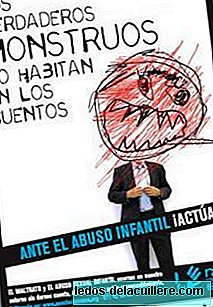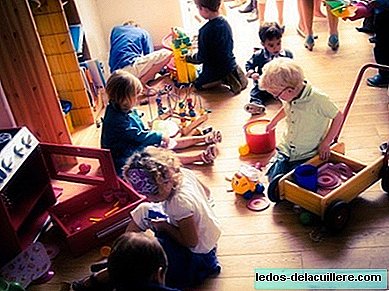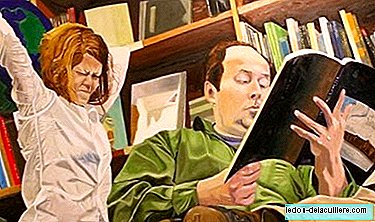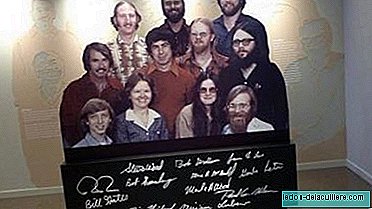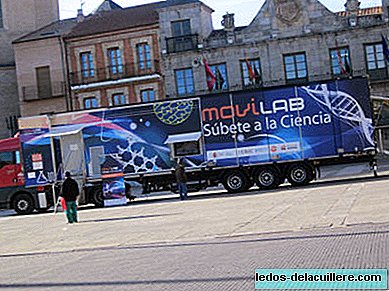 Movilab
MovilabToday, the new stage of the Movilab mobile laboratory. The 'scientific truck' has two main objectives: disseminate science, innovation and some of its applications and promote vocations in the field of science and innovation.
During this third edition, Movilab is scheduled to visit 15 locations highlighted by its commitment to science and innovation, starting with Tres Cantos, where it will remain in front of the city hall until January 18. The initiative is possible thanks to the efforts of public and private companies. Mobile facilities are prepared to carry out two workshops simultaneously with groups of up to 30 people. In the morning and afternoon, the laboratory is expected to remain for four days in each city. Over the past two editions, almost 30,000 people passed through Movilab. As a novelty, during this edition several researchers will give scientific talks in some locations.
It is a priority for the CSIC to communicate and disseminate science to society. In fact, in addition to telling what progress we make and what we discover, in the CSIC we are convinced that the importance of children and adolescents approaching science in a friendly way. We believe that Movilab is one of the ways to do it. This laboratory on wheels makes younger people curious and they are the ones who discover things through a microscope or an experiment
Experiments for all ages
Movilab will offer its visitors both to schoolchildren aged 7 to 17 as adults of all ages, three interactive workshops. In the first one, Let there be light!, participants will address issues such as the origin and nature of light. Guided by the monitor, they will put into operation a bulb and a "homemade" fluorescent tube, in which the light is caused by the effect of heat (in the bulb) or by ionizing the atmosphere of a glass tube (in the fluorescent). They will also produce chemical light, by reacting sodium carbonate and ammonium carbonate with luminol and will separate the pigments present in the ink of a commercial marker.
In the workshop Life through the microscope Participants may carry an insect, flower, lichen, fish scales, etc., to see it enlarged with a binocular magnifying glass. Mold grown on a piece of moistened bread or some stagnant water will be a source of surprises. Water hydrolysis It is the name of the workshop where you can break the water molecule to see what atoms make it up, know its structure and discover its peculiar physical-chemical properties.
Madrid, Cuenca, Ciudad Real, Murcia, Alicante, Castellón and Tarragona, are the provinces that are part of the route of this walking laboratory aimed at disseminating science and arouse scientific interest in our children. Are you going to miss it?



